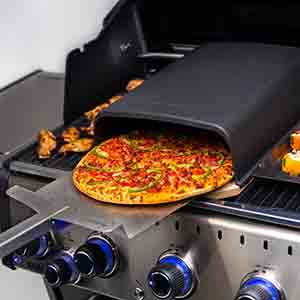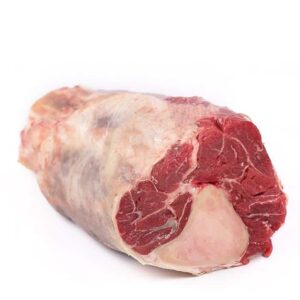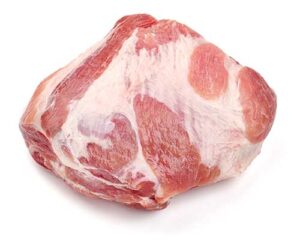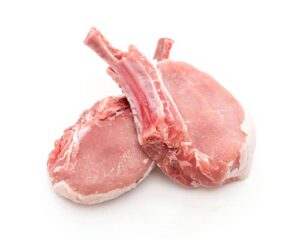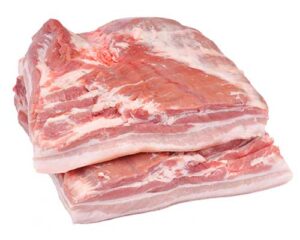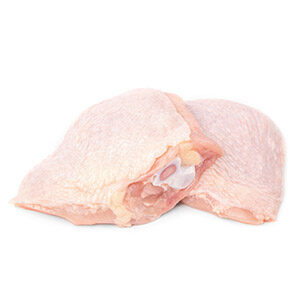Technique | Pizza on the Grill
We can’t deny there’s something so satisfying about biting into a hot, gooey pizza slice. Whether you’re a veggie-head or meat lover, there’s a combo for everyone. Store-bought is fine in a pinch, but we love to customize and build our unique pies. It’s a fun way to get the whole family involved in dinner! …
